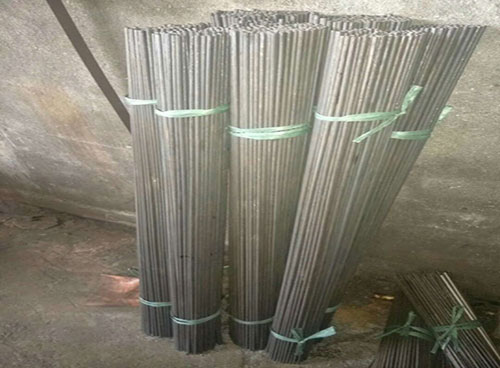Stainless steel pipes are critical in the flow of fluid
Stainless steel pipe has a closed structure which is utilized in various structural functions. The contour of a stainless steel tubing coil can be square, round, or rectangular in shape or as per the necessity of producing a particular form. A 1 inch of the circular tube has 1 inch outside width whereas, a 1-inch ring pipe has 1-inch inner diameter. The idea behind this is that the outer parts of the tubes are essential in building structures and the inner parts of the pipes are critical in the flow of fluid.
There are principally two main types of steel tubing: seamless stainless steel tubing and welded tubing. The latter starts as a flat strip whereas, the former springs in a melting furnace.
1. Seamless stainless steel tubing: Fundamentally the manufacturing method of seamless tubing begins from an electric arc heater. The steel is next cast in a metal or casts frequently as a bloom. The latter is then rotated in a billet which later on converts as a tube by being pulled over a sharp tool with the help of two outside rollers. These rollers are placed at an angle to each other which support to move the billet. This is the time when a "rough" tube is created.
2. Stainless steel welded pipe: This kind of steel tubing is formed out of either cold-rolled or hot-rolled steel which is drained in the tubing coils. If needed the coil may be treated to remove outcast scale and refine the finish. Then the coil is transferred through grooved rollers till the mould is formed and the free corners are well shaped for welding. The external and the inside welding debris are discarded after the ends of the pipe are welded together. After all this procedure the tube is created to go through two round rollers that assist to bring the tube to its last required dimension.
Previous: >> What are stainless steel welded pipes used for? Next: >> Stainless steel seamless pipe - widely used in several industries








